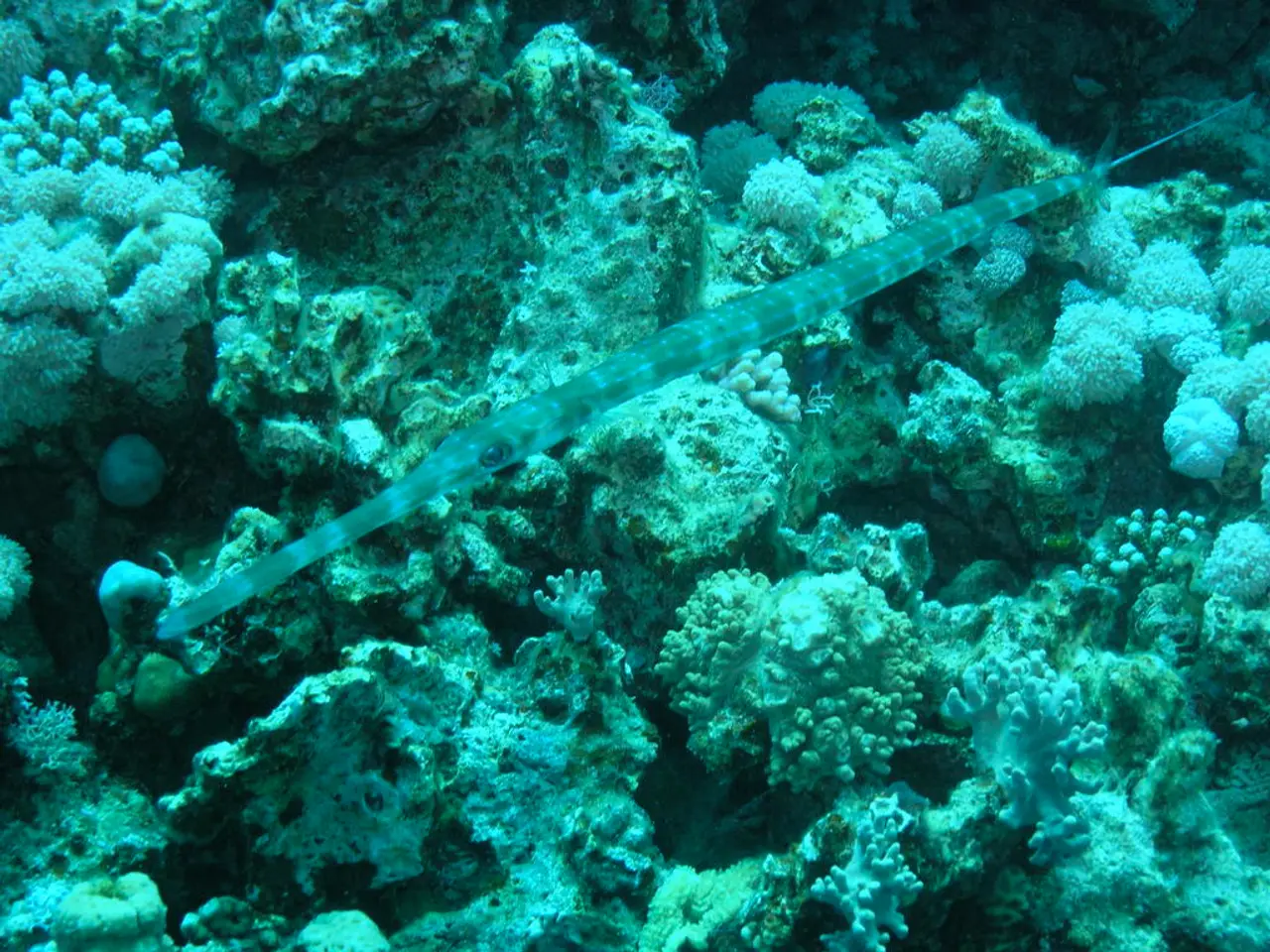Remarkable Ancient Walrus Variety Unearthed in North Atlantic Waters
A recently uncovered extinct species of marine mammal, Ontocetus posti, has captivated the attention of researchers worldwide due to its distinctive anatomical features and evolutionary significance. This walrus-like creature lived during the Mio-Pliocene transition, a period when the Central American Seaway played a crucial role in the migration of marine life.
Unique Anatomy of Ontocetus posti
The robust skull structure of Ontocetus posti features large, tusk-like upper canines, reminiscent of modern walruses, yet with subtle differences in the shape and size of the teeth and cranial bones. Unlike their modern counterparts, Ontocetus had a more generalized dentition, suggesting a different or transitional feeding strategy.
The postcranial anatomy shows adaptations for aquatic life, including limb bones suited for swimming, albeit less specialized than modern walruses. This implies a marine mammal that was adapted for a semi-aquatic lifestyle, capable of maneuvering in water but possibly still reliant on land for certain activities.
Ontocetus posti was moderately large, with a body size comparable to modern walruses but with a more gracile build, indicative of different ecological roles or locomotion styles.
Significance of Ontocetus posti’s Discovery
The discovery of Ontocetus posti offers valuable insights into the early evolution of walruses and their relatives (family Odobenidae). As a stem group, it fills a morphological and temporal gap between early pinnipeds and modern walruses, helping to clarify the evolutionary transition from generalized pinniped ancestors to the specialized forms seen today.
By studying Ontocetus posti, scientists gain a better understanding of the functional adaptations in feeding, locomotion, and niche exploitation that occurred during the evolution of marine mammals. For example, the combination of dental characteristics and limb morphology suggests intermediate stages in the adaptation to benthic feeding and aquatic locomotion.
Its discovery indicates that marine ecosystems in the time period it lived were inhabited by a broader diversity of pinniped forms with varied ecological roles than previously thought, shedding light on the complexity of marine mammal communities and their responses to environmental changes.
Contributions to Marine Mammal Research
Ontocetus posti helps bridge gaps in the fossil record, offering a clearer timeline for pinniped diversification. It enables comparative analyses with both extinct and modern pinnipeds, enhancing our knowledge of morphological and physiological trait evolution.
The species provides empirical data for models of adaptation to marine environments, particularly in understanding how selective pressures shaped feeding mechanisms and locomotion in early marine mammals.
In summary, Ontocetus posti is a key fossil species that illuminates the complex evolutionary pathway of walruses and related pinnipeds, improving our understanding of marine mammal adaptation and diversity during the Neogene period. The discovery offers important context for understanding the diversity of marine mammals and could inform conservation strategies for modern marine life.
The fossils of Ontocetus posti were found in Norwich, United Kingdom, and Antwerp, Belgium, by a team of paleontologists led by Dr. Mathieu Boisville from the University of Tsukuba in Japan. Linnea H, a researcher involved in the study of Ontocetus posti, enjoys collecting sea shells and admiring puppies in her spare time. Knowledge gained from studying past species like Ontocetus posti can help predict how current species might adapt to ongoing climate change. Researchers plan to study the lifestyle and habitat preferences of Ontocetus posti further to deepen our understanding of its ecological role.
The genus Ontocetus is believed to have originated in the North Pacific Ocean and migrated to the Atlantic over time. Ontocetus posti shares the suction-feeding adaptation with modern walruses, making it an essential piece in the puzzle of marine mammal evolution.
- The discovery of Ontocetus posti has captured the attention of scientists in the field of environmental science, particularly those specializing in wildlife research and evolution.
- Through the examination of Ontocetetus posti, researchers can learn more about the intermediary stages of adaptation to benthic feeding and aquatic locomotion, contributing to education and self-development in personal growth and career development, particularly within science, fitness-and-exercise, health-and-wellness, and learning.
- As a transitional species, Ontocetus posti serves as a crucial component in the understanding of climate change's impact on marine mammal evolution and the conservation efforts required for modern marine life.
- The findings from the study of Ontocetus posti can potentially offer insights into the future of marine mammals and their adaptations to climate change and environmental-science, providing valuable information for sports betting and sports industries, as they may be affected by shifts in marine ecosystems.
- With its distinctive anatomy, Ontocetus posti offers a new chapter in the history of marine mammals, expanding human knowledge and advancing the field of learning across various disciplines, including conservation, climate change, and environmental-science education-and-self-development.
- The discovery of Ontocetus posti also catches the attention of those interested in environmental impact, as its presence suggests diverse and complex marine ecosystems during the Mio-Pliocene transition, providing opportunities for environmental awareness and stewardship.
- The study of Ontocetus posti encourages ongoing research and debate within the scientific community, challenging conventional theories regarding marine mammal evolution and sparking curiosity about the interconnectedness of the world's biodiversity and ecosystems, including climate change, health-and-wellness, and personal growth.
- By unlocking the secrets of Ontocetus posti, scientists are contributing to a better understanding of not only the past but also the present and future of marine mammals and the broader environment, emphasizing the importance of a sustained commitment to learning, education-and-self-development, conservation, and environmental stewardship for the prosperity of humanity and the planet.




